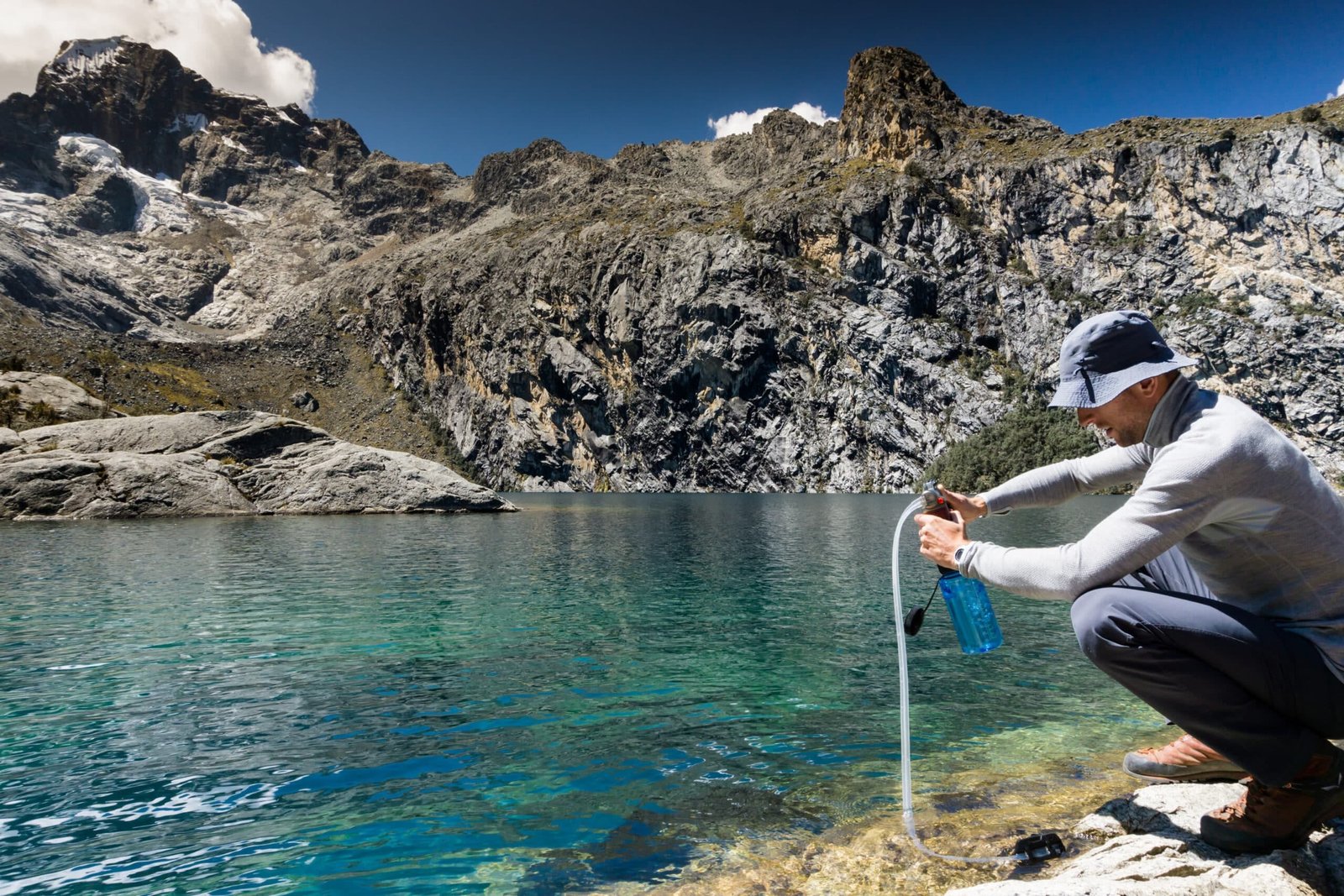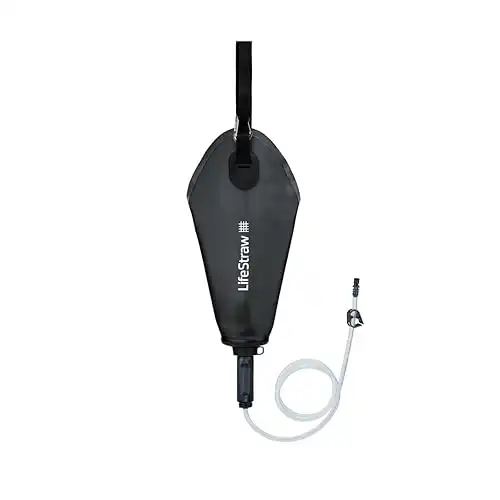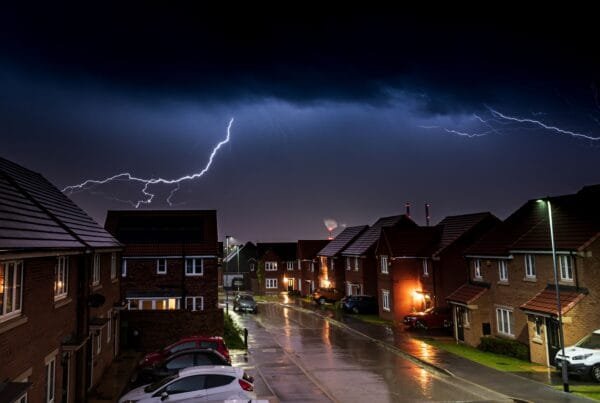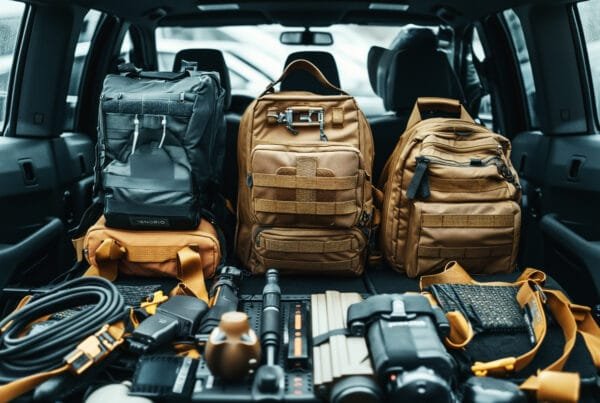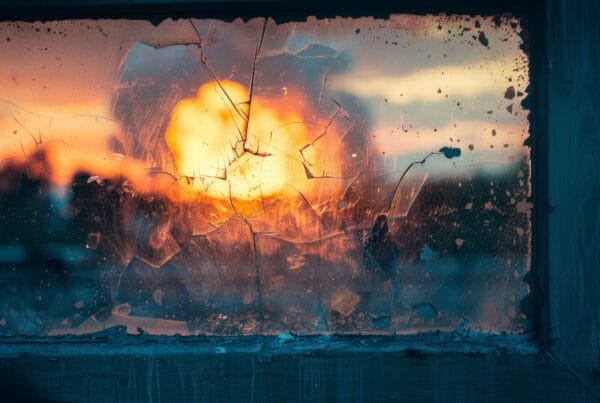Early on in my crisis readiness journey, I gravitated toward buying emergency gear to make it through a crisis – things like tools, flashlights, solar chargers, and radios. While all of these items are undoubtedly useful, their value pales in comparison with a different kind of crisis preparation: water.
I’ve come to believe that water is both the most important and the most overlooked disaster preparation, bar none. In my opinion, it’s more important than any survival kit, or even emergency food, that you could buy to prepare for a disaster.
While attending a four-day grid-down survival course at the Direct Action Resource Center, I got a first-hand lesson in the importance of emergency water filtration. At the beginning of the course, each student was allowed to bring one jerry can of clean drinking water. Beyond that, we would have to manufacture our own drinking water on-site. I was about to find out that this was easier said than done.
If you’ve ever seen marketing images for an emergency water filter, producing clean drinking water probably seemed simple, and even fun. Often you’ll see a depiction of a backpacker filtering crystal clear water from a mountain spring or lake. The reality for most real-world grid-down or post-disaster environments will be quite different.
During the first two days of the survival course, each student quickly drank through their allowed water supply. As we assessed our options for manufacturing additional drinking water, we found that there were no ideal sources of water on the sprawling Arkansas training facility. Our options were a muddy, algae-covered pond, which was a favorite hangout spot for local water moccasins, or a swamp that was home to at least one alligator. My team chose the pond.
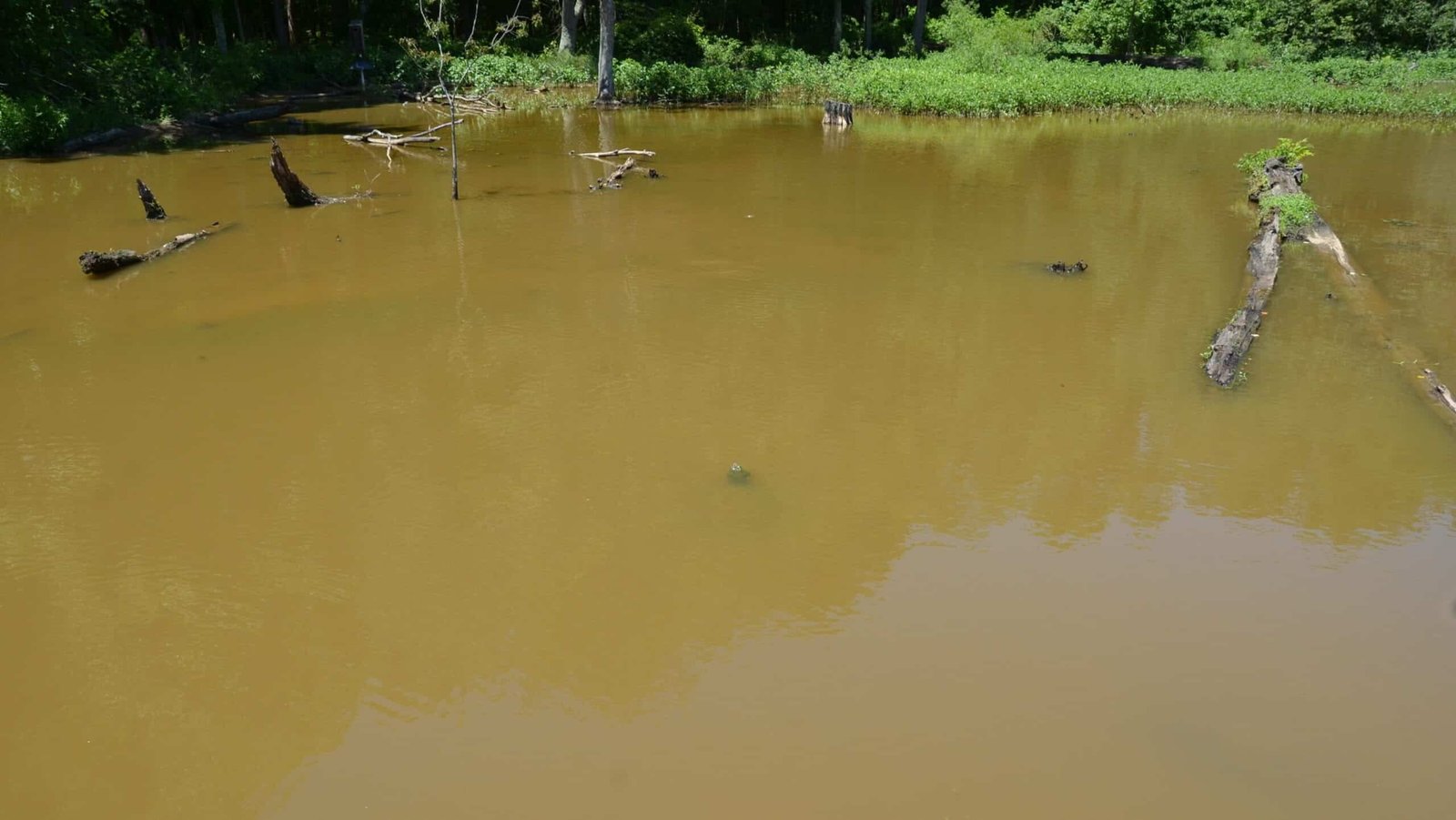
As a group, we walked half a mile to the pond and began filling jerry cans with murky pond water. Even this initial task proved more difficult than expected. A 5-gallon jerry can filled with water weighs about 45 pounds. For many students, carrying a full jerry can half a mile in 100-degree heat pushed them to their limits.
Once we made it back to our home base, the real work began. The water that we had collected was dirty and contaminated – nowhere close to being drinkable.
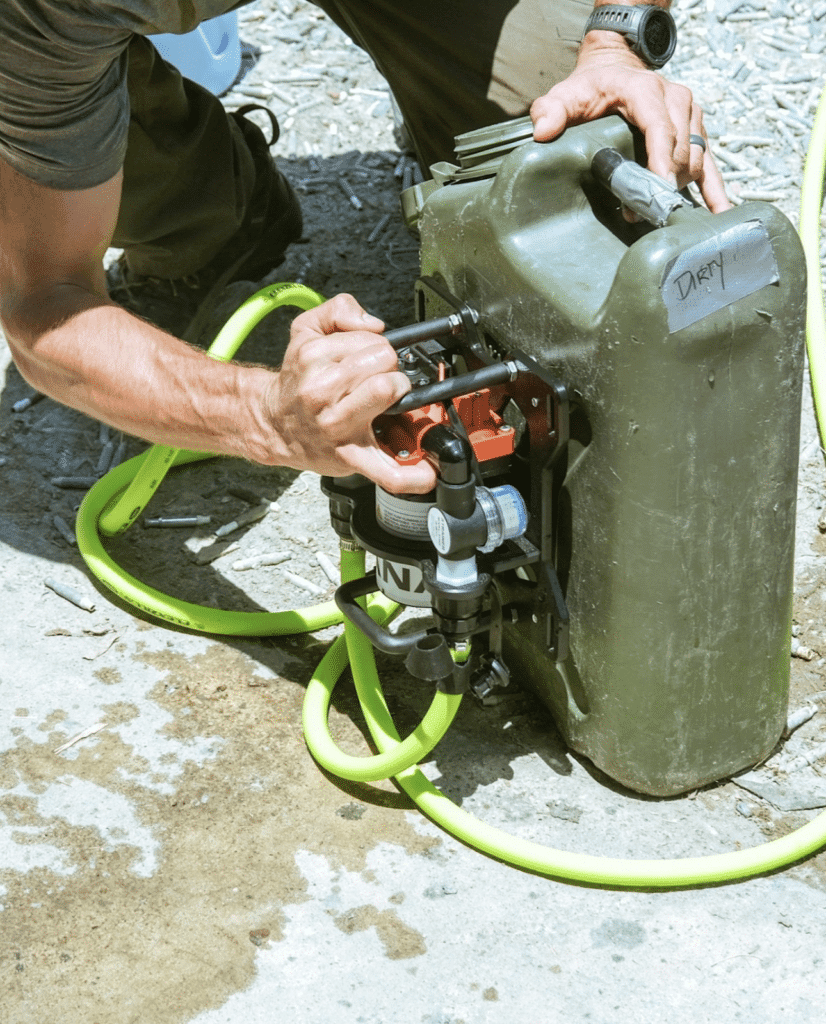
One of our instructors, Zach, from Cana Provisions, demonstrated a variety of emergency water purification systems. Drawing from his experience working with Engineers Without Borders in Africa, Zach showed us how quickly emergency water filters become clogged when filtering dirty water, such as pond water. Within minutes, the filters were rendered unusable.
The lesson was eye-opening: if you are filtering anything other than clear water, pre-filtering is a must. In a pinch, this can be done by pouring water through a t-shirt or bandana. However, this method will not remove smaller particulates that can clog water filters. More effective filtration can be achieved by filtering dirty water through a series of increasingly finer substances like gravel and sand.
If you are living in an urban or suburban environment during an extended grid-down scenario – especially following a significant natural disaster – potable water will almost certainly be hard to come by. Filling up your bathtub may provide enough water to get you by for a week, but if wastewater treatment facilities remain offline for long, your options for drinking water will become very limited.
If tap water is still flowing, this is your best bet, despite potential contamination with viruses, bacteria, and chemicals. Tap water should be clear of particulates that clog filters, so it’s a good starting point. You’ll need an emergency water filter that is tested to filter viruses, bacteria, and parasites.
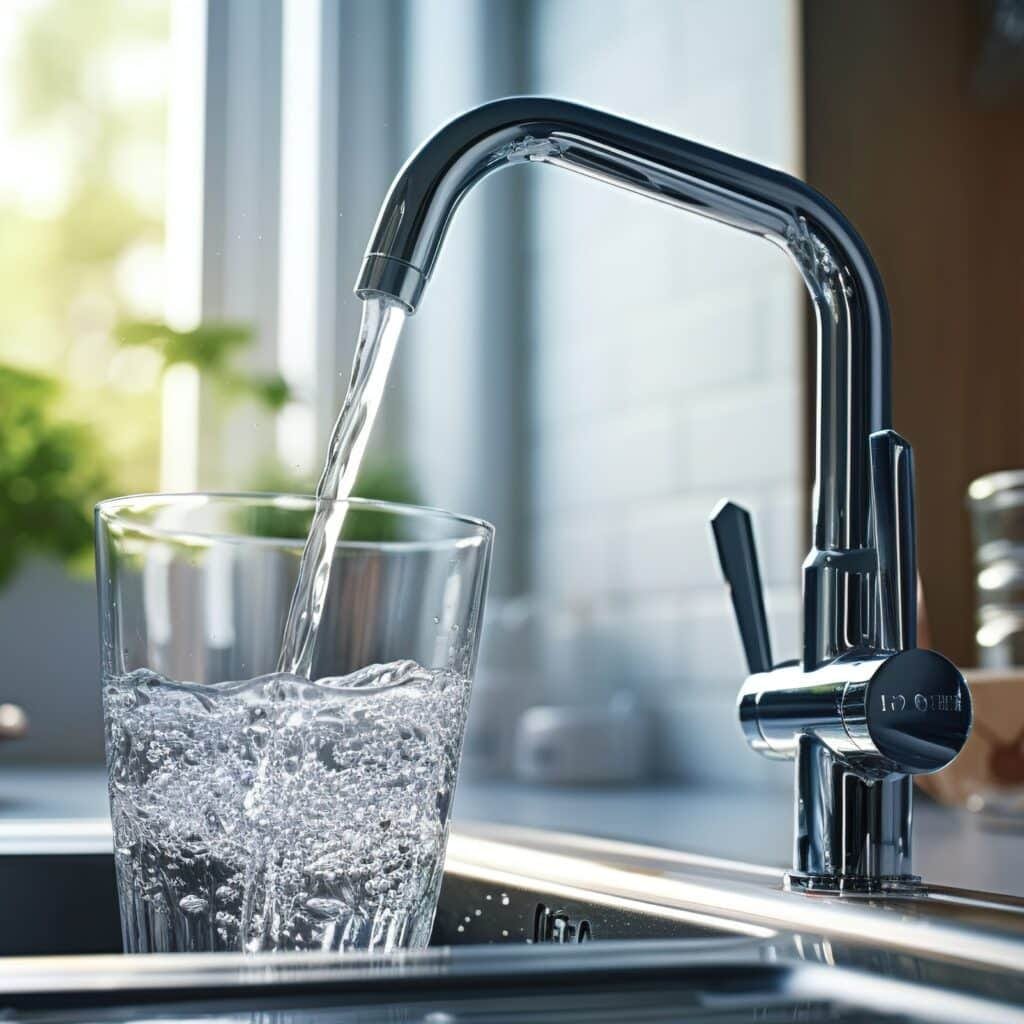
Make sure that you know what your filter is rated for. A simple Brita filter won’t do the job. Some gravity filters, such as those available from Lifestraw, are lab tested and proven to remove 99.999% of viruses, bacteria, and parasites.
What happens if your tap water stops flowing? Water bottles will be long-gone from grocery store shelves. Even an emergency supply of stored water will only get you by for so long. When the water runs out, you will be looking for local ponds, streams, and creeks to procure water. So will everyone else in your area. This scenario quickly starts to look a lot like my training course – filling jerry cans with dirty water to be filtered back at home.
If the odds of this happening sound low, you may be right. On the other hand, I don’t believe they are low enough to ignore.
In Guide to Disaster Preparedness, Duane Liptak covers best practices for building up your water security for a two-week grid down crisis. Once you’re squared away for a short-term disaster, you can start building out your emergency water plan for a more extended crisis.
If you are dependent on municipal water, as most of us are, emergency water purification is not a subject you can afford to gloss over. It is critical to have a solid plan for procuring, filtering, and purifying drinking water from natural sources if things get bad.
